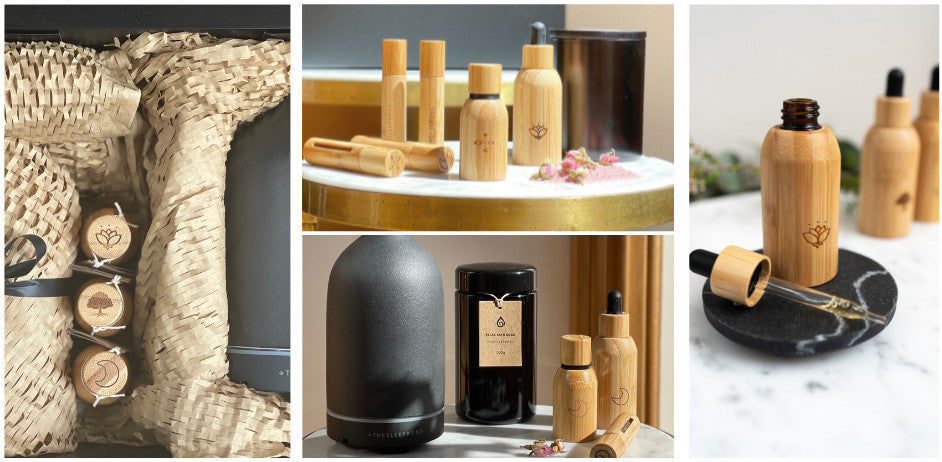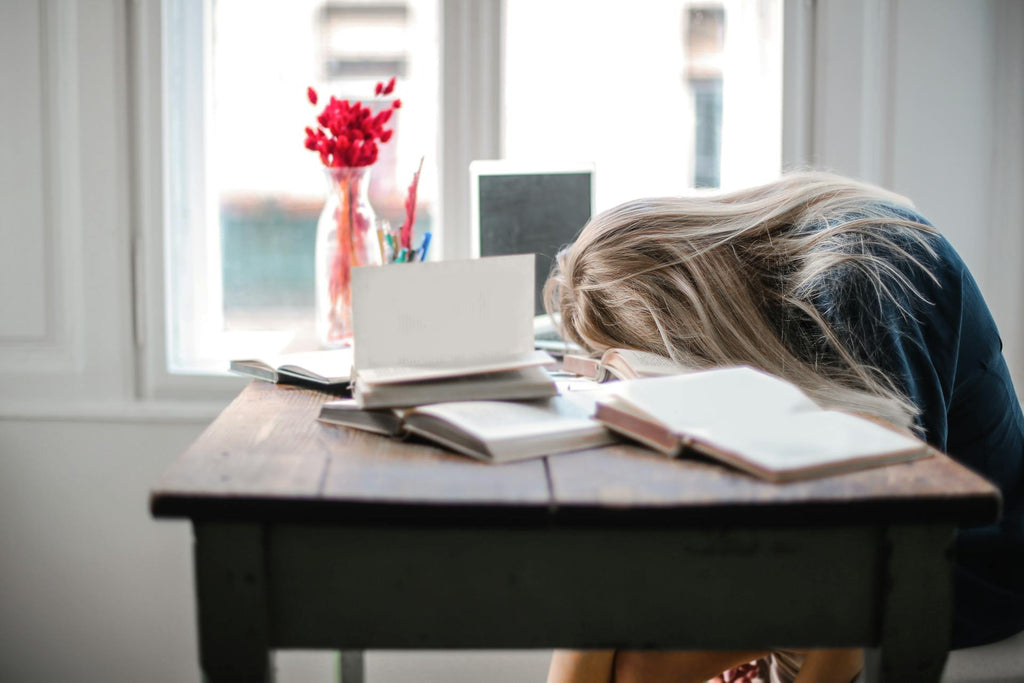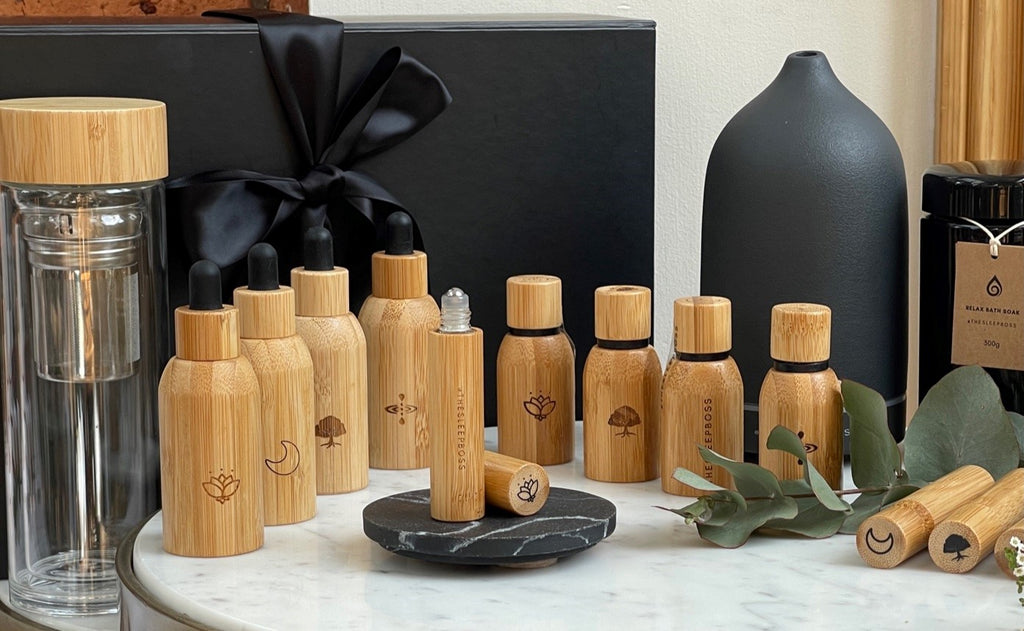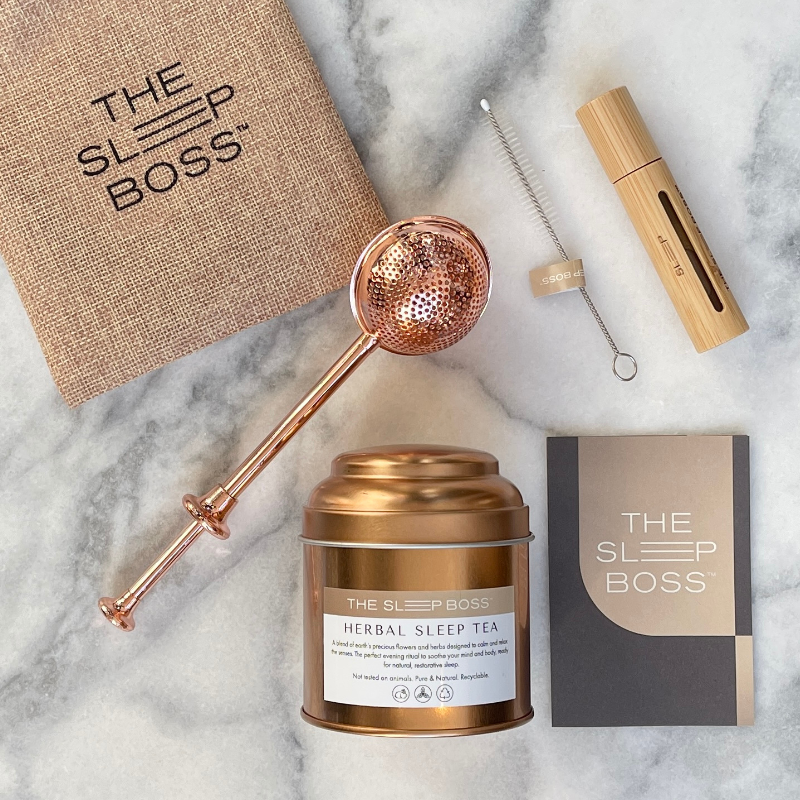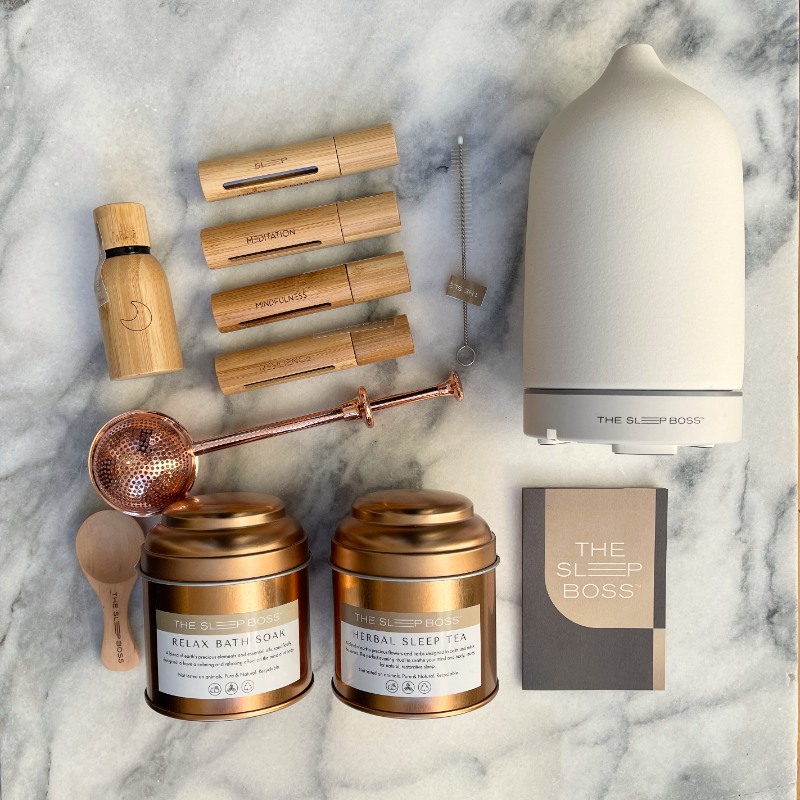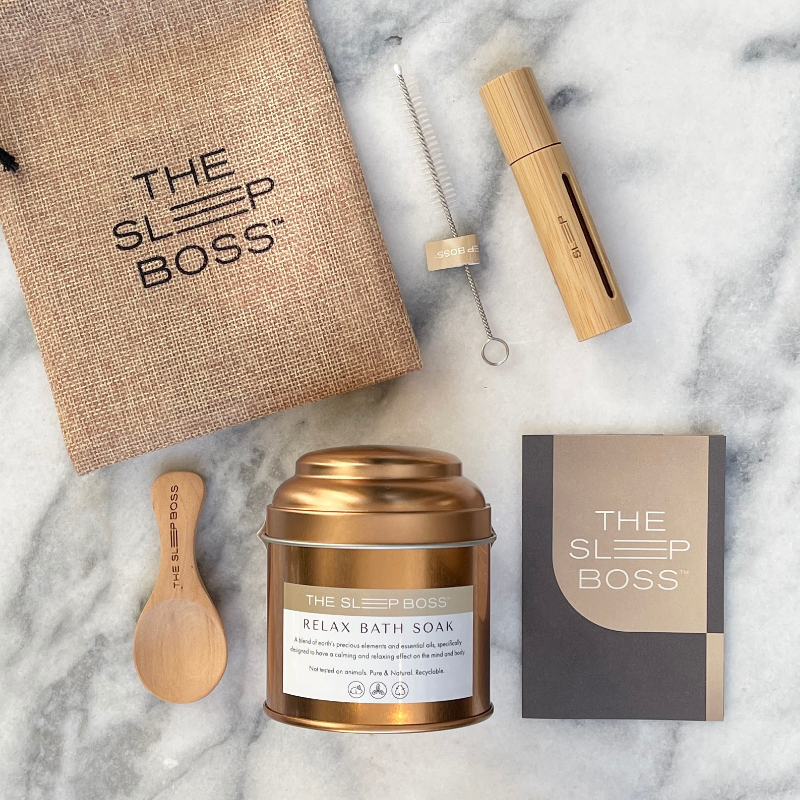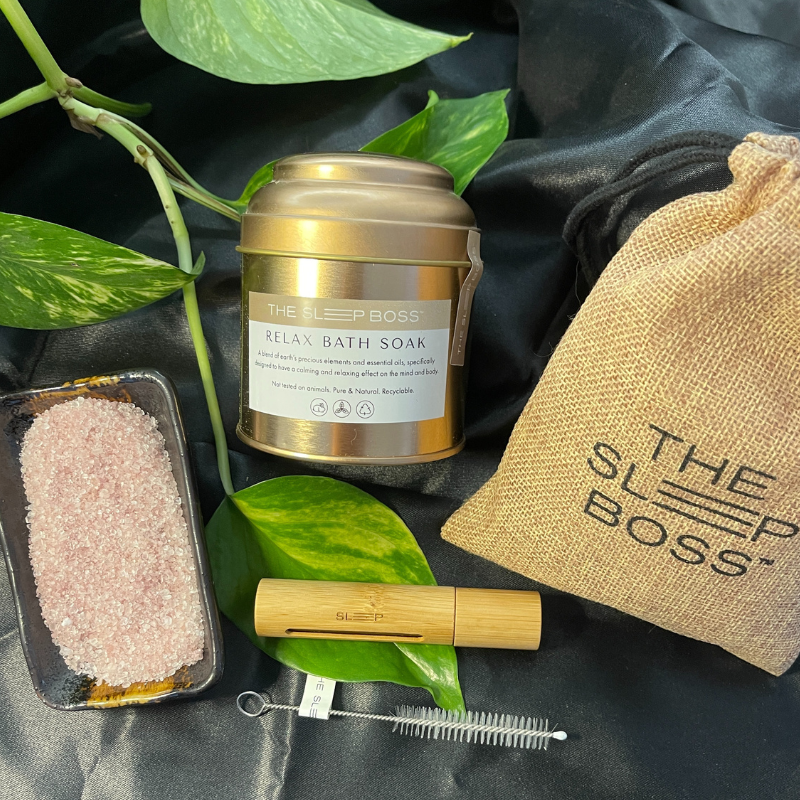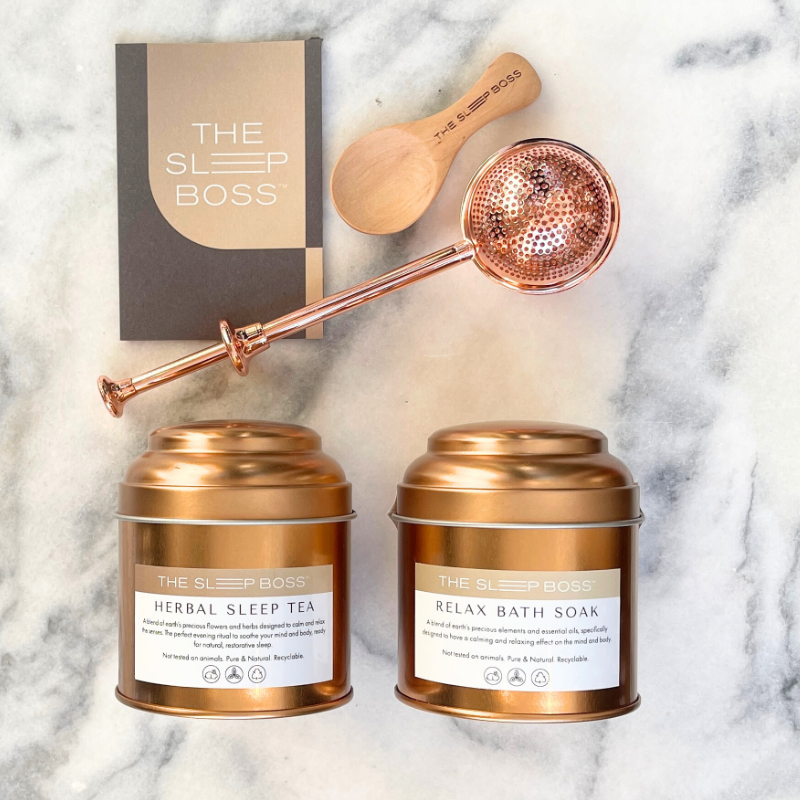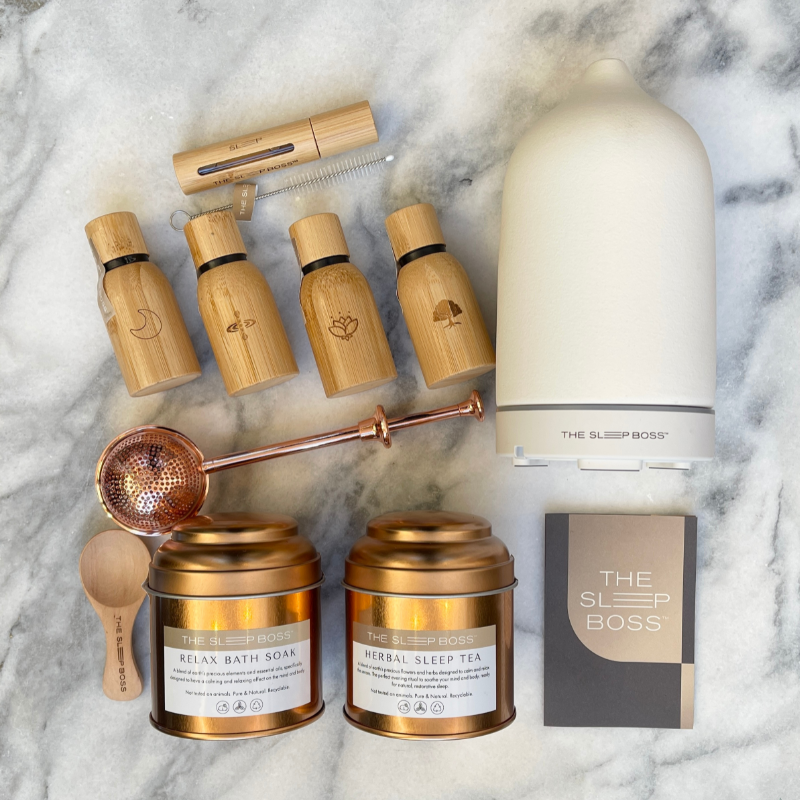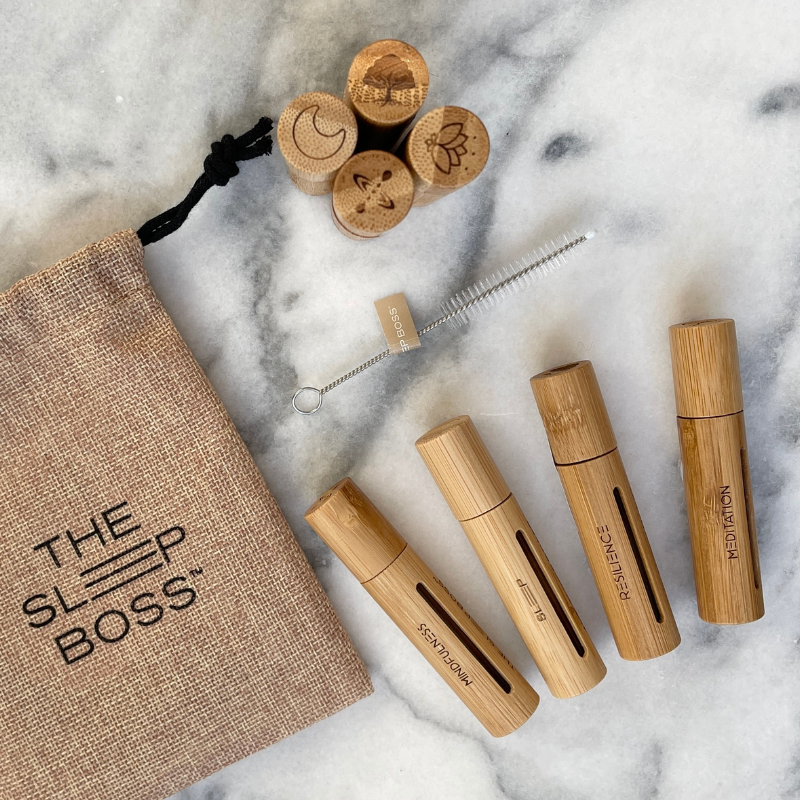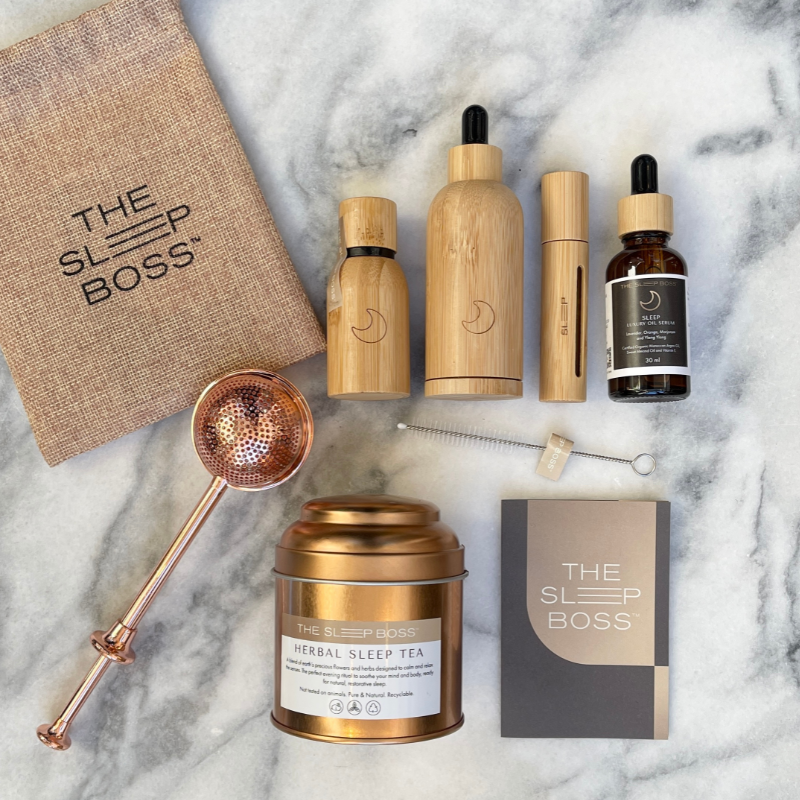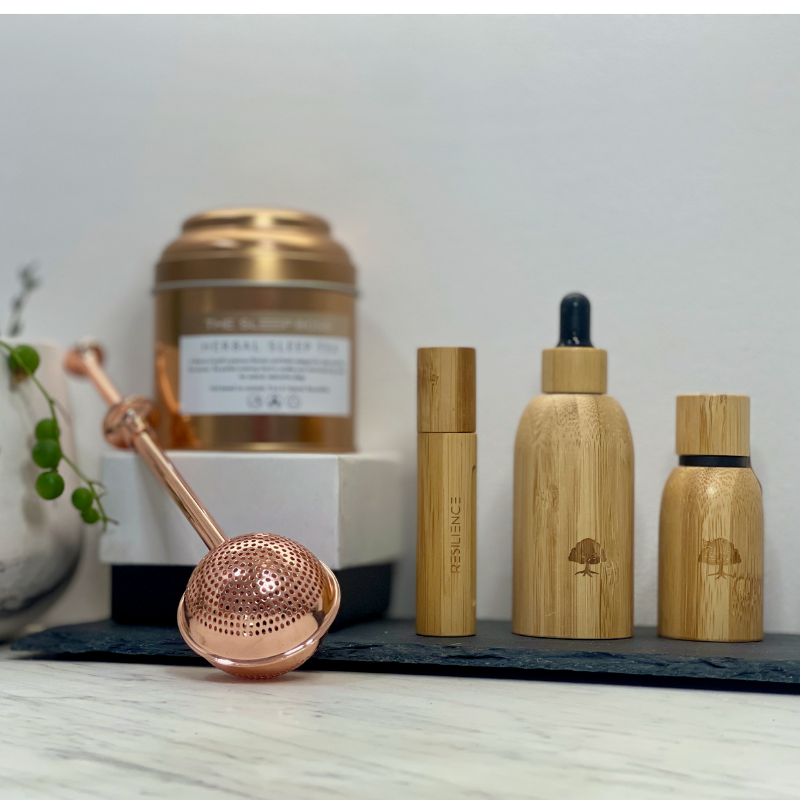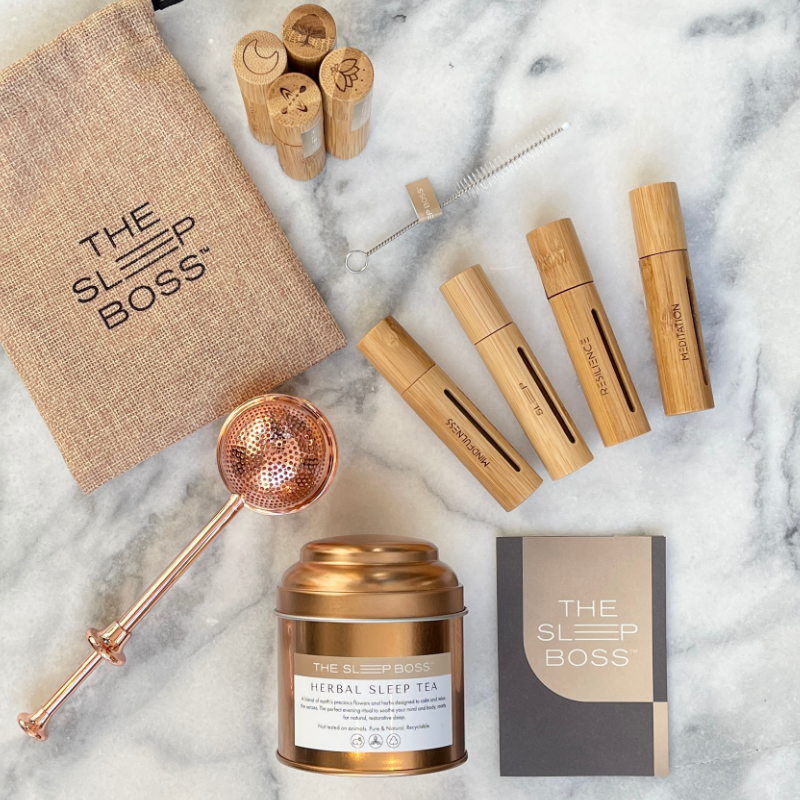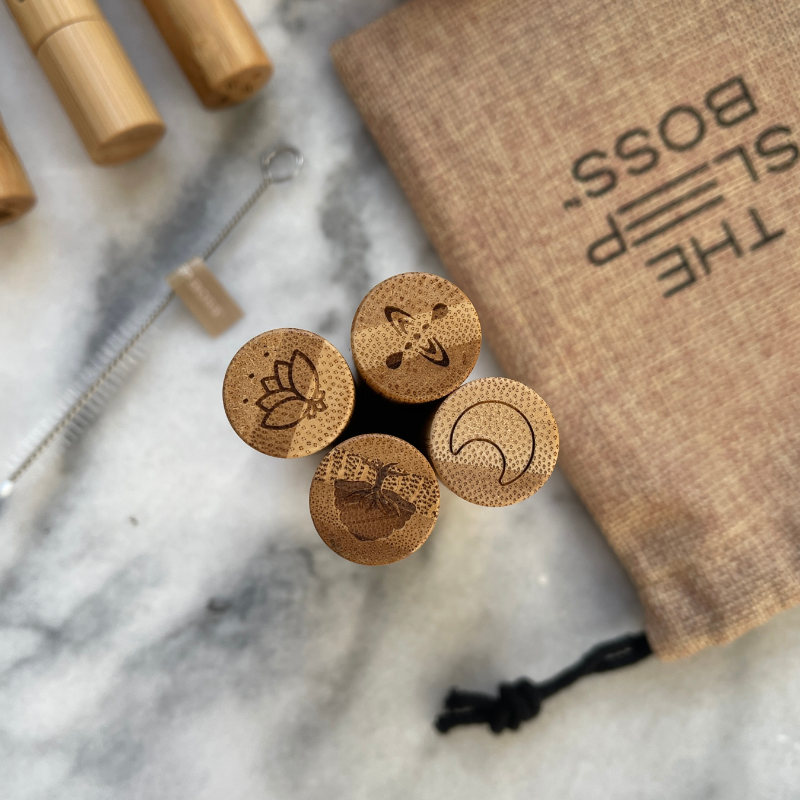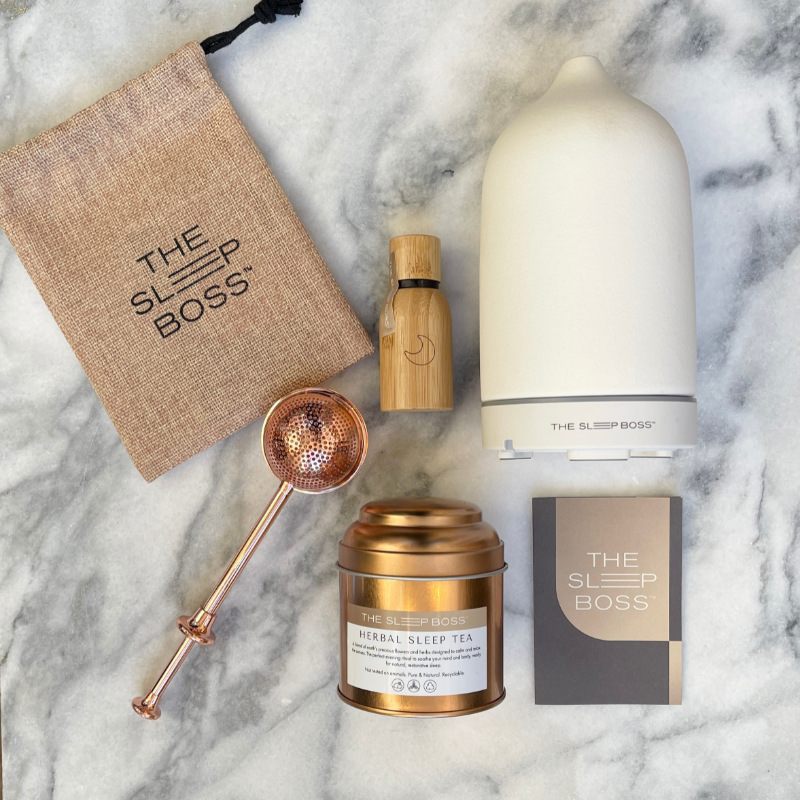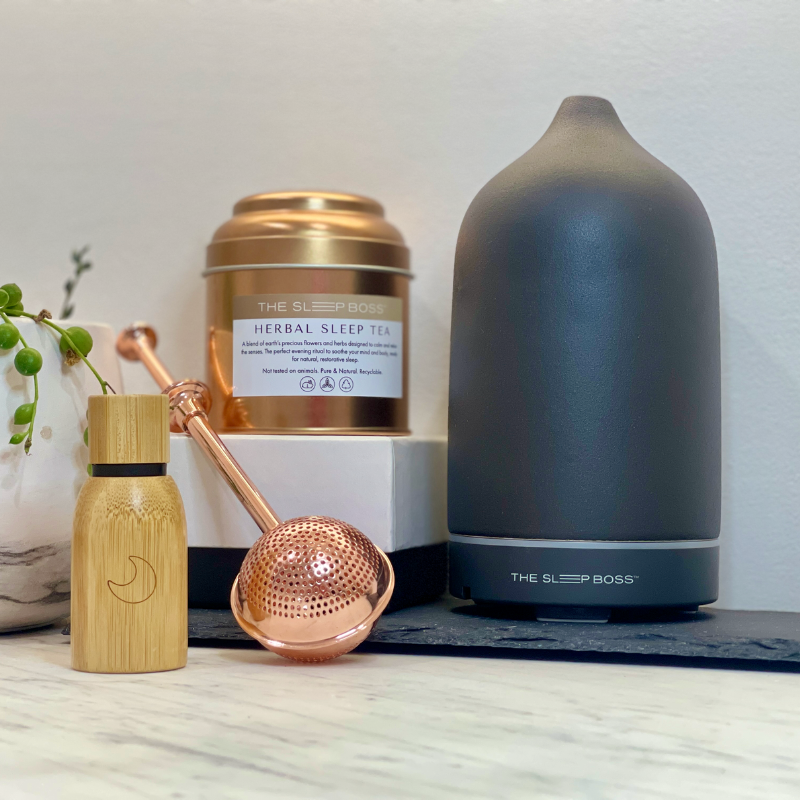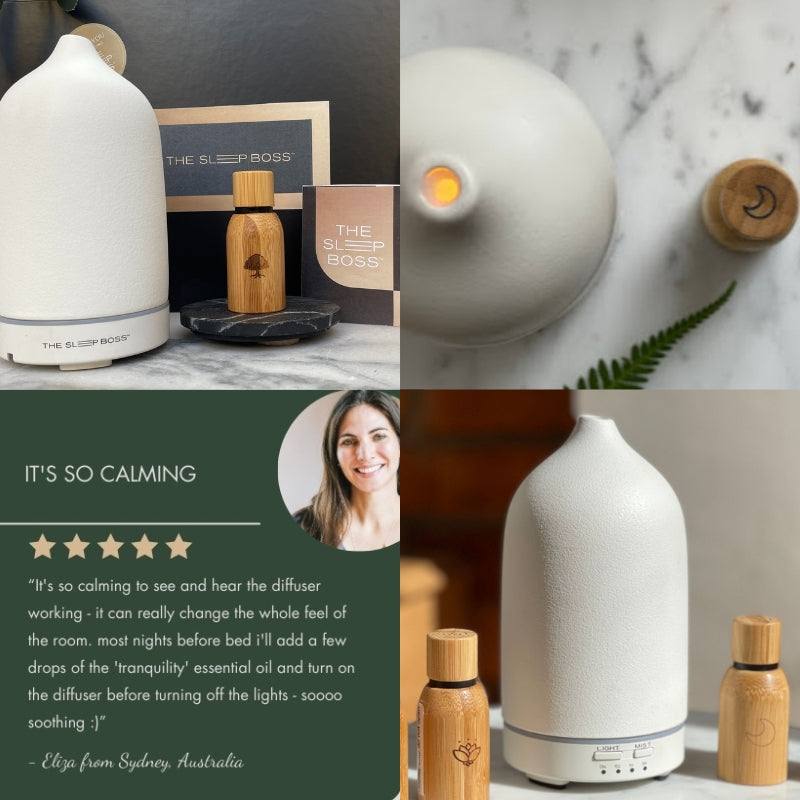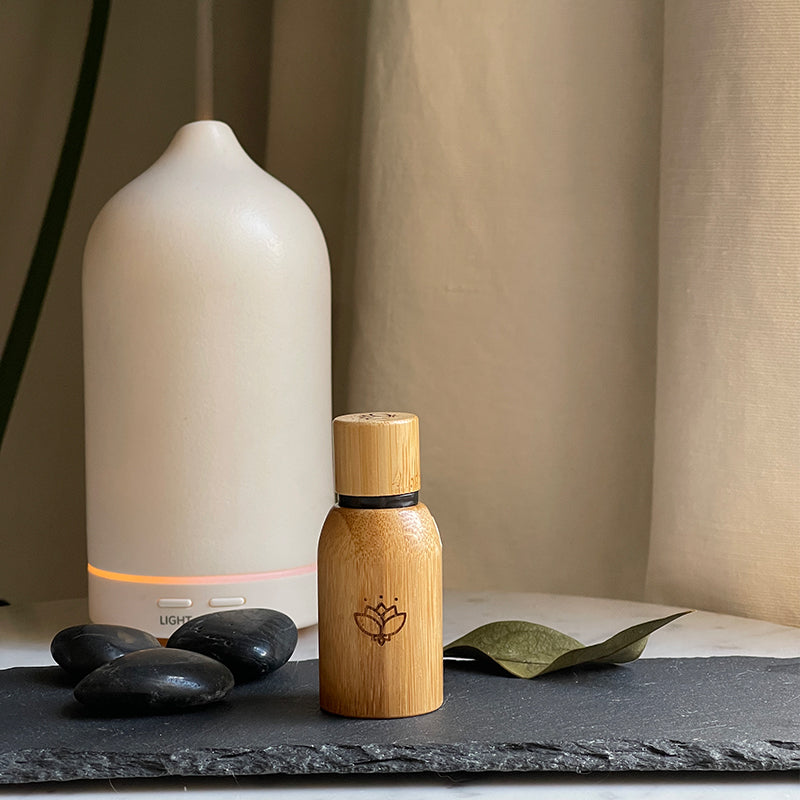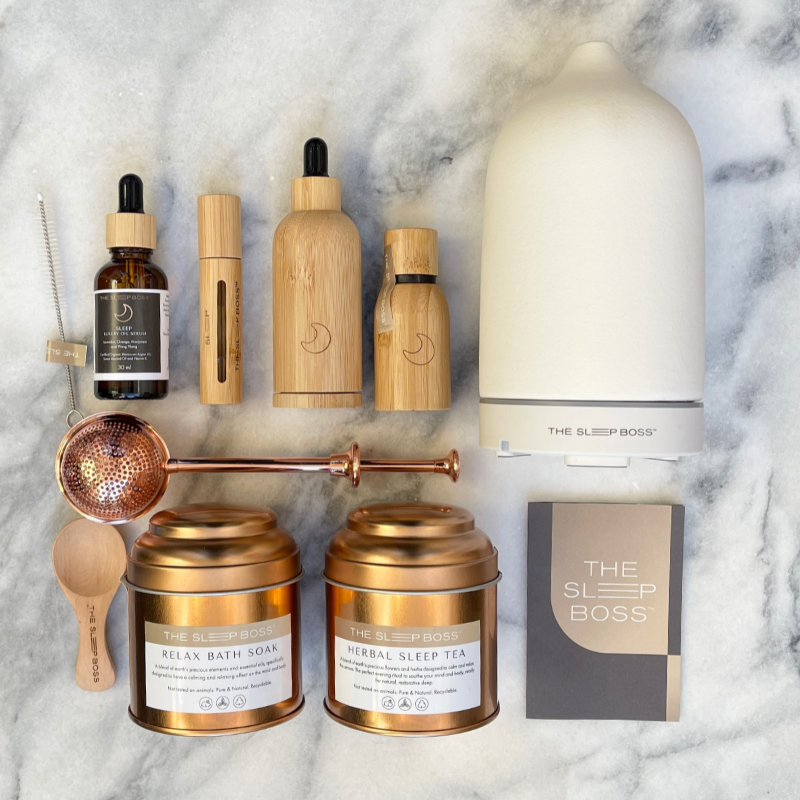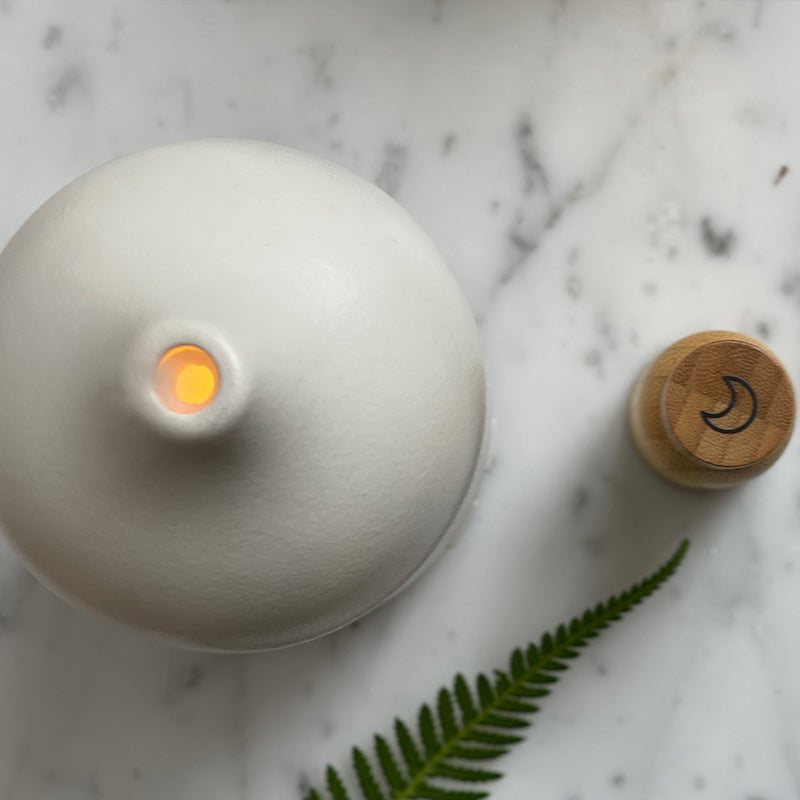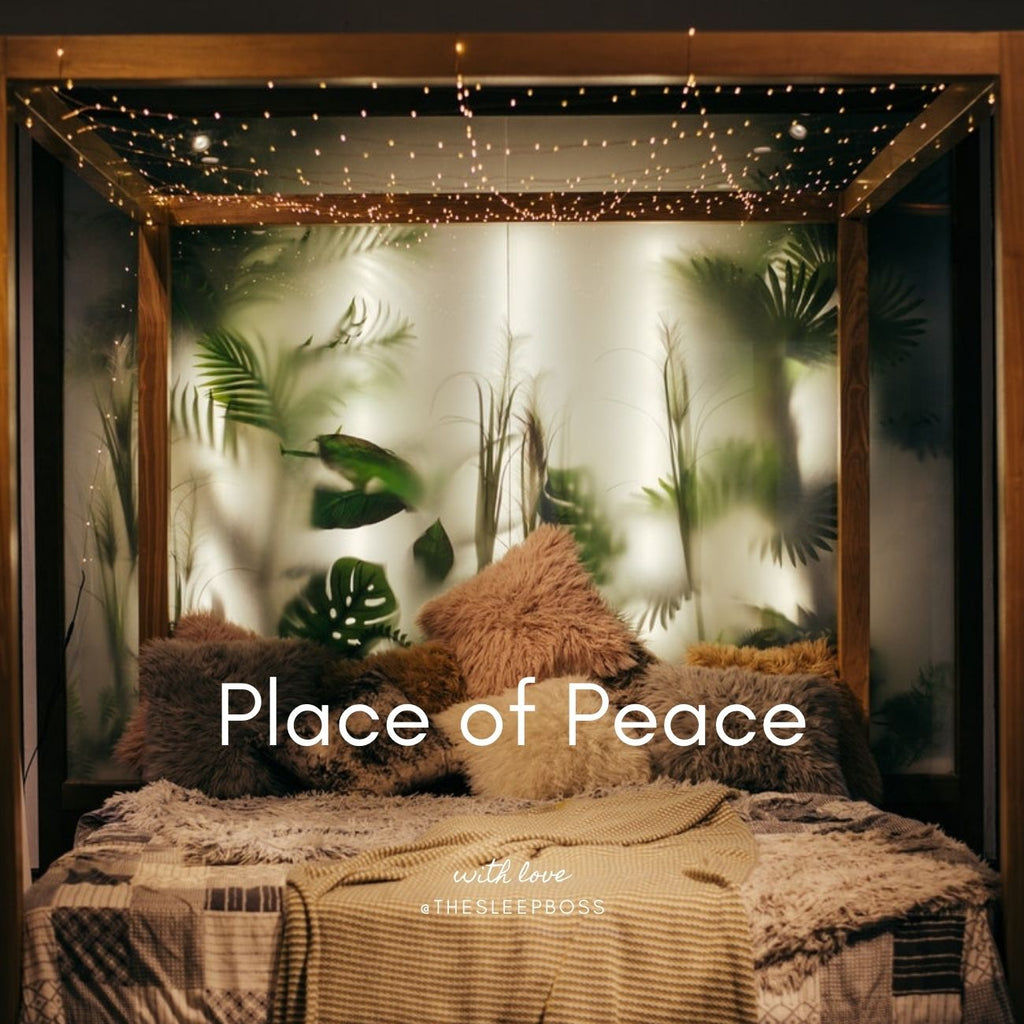
Create Your Own Place of Peace
Let’s start with imagining your ideal space.
Close your eyes and let your senses direct your mind. What do you see?
Are their colours painted on the walls? What textures can you feel on your fingers and toes? Is there art adorning the walls or plants growing wildly? Does a candle burn softly; engulfing the space in a sweet scent? Breathe it all in.
Now open your eyes.
Living in our current time of uncertainty and limitations, our homes and office environments have become the most important spaces. Upon reflecting on the ideal environment to be in, what did you see? Often, we dream of a space surrounded by natural light, warmth, comfort and nature. Whether you’ve got a huge home office with lots of space, or a small desk crammed up against a wall in your bedroom; we all have someplace we must create in order to be productive and feel comfortable.
The key to creating an ideal space lies in the restorative elements implemented. Health and wellbeing have stepped up to the forefront of many individuals minds and pioneered lifestyle changes that focus on mental health, rather than only physical. To compliment this lifestyle shift, we must also acknowledge how an environment has the capacity to influence changes in moods, behaviours and thoughts. A simple example of this is the colour yellow. The colour itself has been linked to warmth and happiness, however it also provokes over-stimulation of mental functions. If you were to paint your bedroom walls in a bold yellow colour, you might find yourself tossing and turning due to an over-active mind. Colour is just one example. Breaking down this concept into bite sized chunks is the easiest way to flesh it out.
So, we got in touch with former art therapist Sandra Schilling via zoom, and discussed the therapeutic effects a space and its ambience have on the soul. Having studied an Advanced Diploma of Art Therapy and explained the experience as “bringing something from your inner world into your outer world in the form of art”, Sandra sure knows a thing or two about the importance of creativity and restorative spaces. Connecting restorative spaces to art is a natural process as creativity has time and time again prevailed as a saving grace for mankind’s contentment. Reading, writing, painting, creating, styling, playing and imagining have always made people happy. Taking this back to restorative spaces, Sandra outlined a handful of clear elements that contribute to our sense of wellbeing. So, we broke these down briefly below.
Ideal Bedroom Colours:
Take a moment to look around and notice all the colours that surround. It’s a bit surreal when you realise just how many different shades and tones exist. Now before you decide to paint every wall in your house a different shade of green, Sandra encourages you to think about what certain colours really mean to you. “Consider what it is you’re trying to say with the space… Every colour has a duality to it; green could be new life, freshness and nature or envy and bile in the stomach”. Just as well with the yellow example, another classic is that red represents anger and being fired up, but also means love and passion. It all about preference. Shades also exist for a reason. Allow your own personal flare to exist, but don’t overdo it. “Even if you do love a colour, you can half-strength or quarter-strength it. Just because you love it, doesn’t mean you need to plaster it everywhere”, Sandra explains. A subtle version of it might fare better and be less jarring on the eyes. Colour is perhaps one of the most important elements for the aforementioned reasons, so spend some time with it and pick what’s right for you.
Flexibility:
“In this day and age, there’s this idea of transience and creating spaces that are flexible”, states Sandra. This notion is perpetuated by the fast-moving nature of the world we live in. Allow your space to become a canvas in which you decorate. Aim for a more neutral backdrop of colour and then incorporate art work, curtains, furniture and cushions as pops of colour. Humans can get restless, so creating a flexible space allows for changes to be made without much challenge or waste. Ps. If you’re all about minimal waste and reduce, reuse and recycling like we are here at The Sleep Boss, get crafty and create a new cushion cover out of an old t-shirt or refurbish an old tattered couch.
Natural Light:
Not one to need much explanation, but natural light is a lifesaver. Humans crave the outdoors when they’re stuck indoors. We want the warm sun on our skin instead of the harsh glare of a computer screen. Studies detail the inherent desire of professionals in the workplace; the simple access to natural light. Not only is it human nature to crave natural outdoor spaces and light, health benefits include boosts in vitamin D, improved sleep and reduced seasonal depression (Healthline, 2020). REFERENCE. Sandra revealed that, among other reasons, she once left a job role due to the minimal slivers of natural light within the space. She likened humans to moths and claimed that, like moths to the light, we are drawn to it; the purity and warmness of it all. As much as we’d like to, with warm lightbulbs and light colours, one cannot emulate natural light.
Plants:
Need I say more? Just like the natural light from a window, we are creatures of the outdoors. Biophilic architecture and design is reaching a peak as people acknowledge their innate desire to bring the great outdoors, indoors. The world that envelops us is rich with nature to which we all need doses of for the sake of our sanity. Indoor house plants create the perfect sanctuary to relax, refresh and restore our senses. Sandra wholeheartedly agrees with the green power of plants. “I’m a huge fan of indoor plants. They improve air quality dramatically and just by bringing some of nature in, it does wonderful things”. Utilising other simple elements like timber flooring also compliments this biophilic design.
Texture:
Texture is a forgotten, but equally as significant element to creating the perfect space. The world encompasses so many different textures that evoke different sensations, memories and feelings. This can be found in a mat you rest your feet on, the linen of a favourite shirt, the velvet from a couch cushion or the woodgrain from the dining table. “In terms of having a human experience, if you can introduce that stuff, why not do it…Kids instinctively get it. They go up to anything and touch it” Sandra remarks. Textures can align the sense to have something that stimulates you without it being too intrusive. Introducing different textures in the one colour palette is also an inventive way to make use of texture and colour collectively.
Amongst these vital ways to create the perfect ambience and space at home or in the office, there are also a few simple steps you can start now. Position your desk near an open window, burn some incense, light a candle, reduce clutter everywhere, include more art and make the space unique to you. A more personal, restorative environment you can thrive in; because your mental and physical wellbeing is worth it.
Need some help to get started? Check out our range of products designed to create warmth, relaxation and comfort anywhere.
Written by Shaye Milford.

